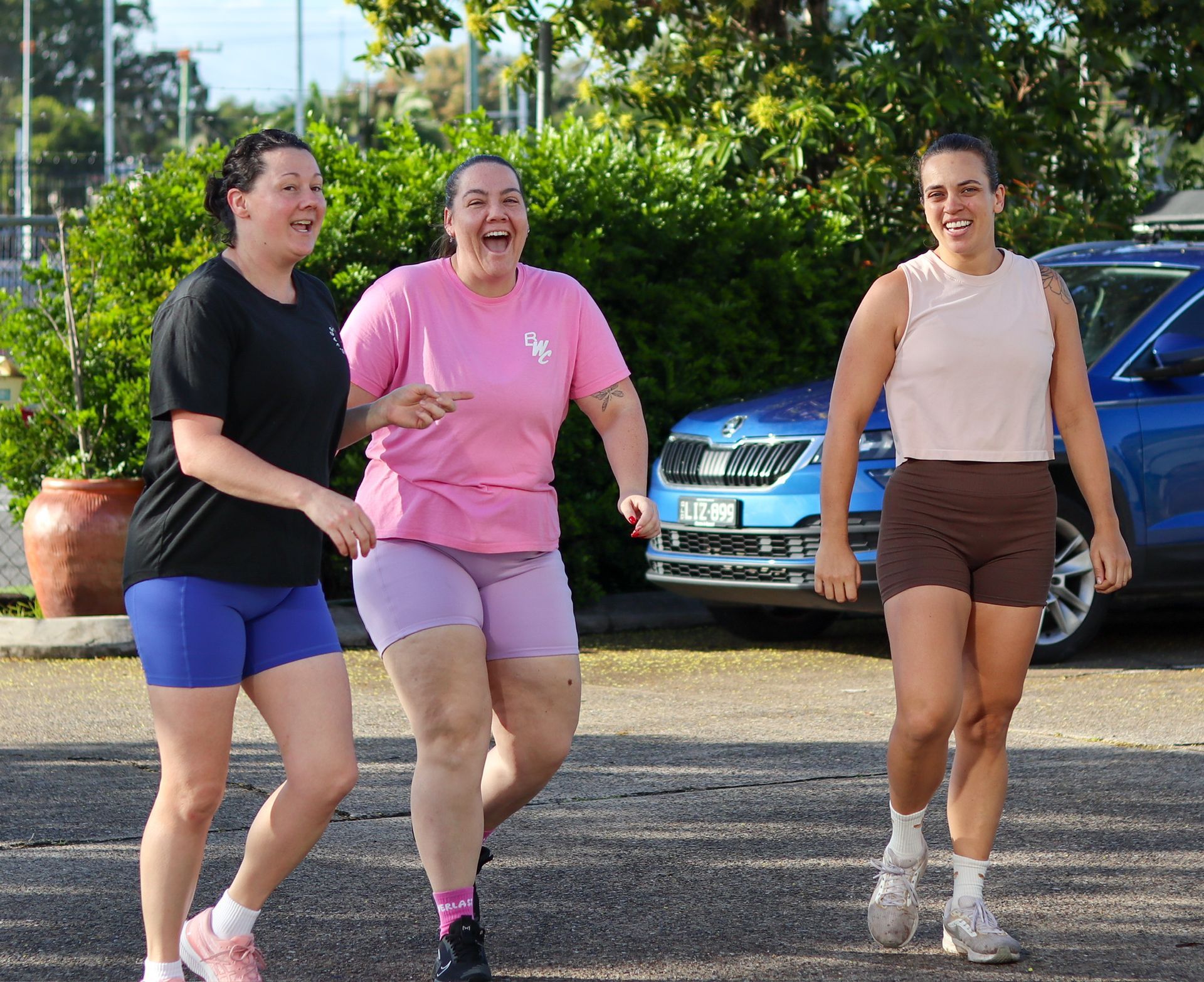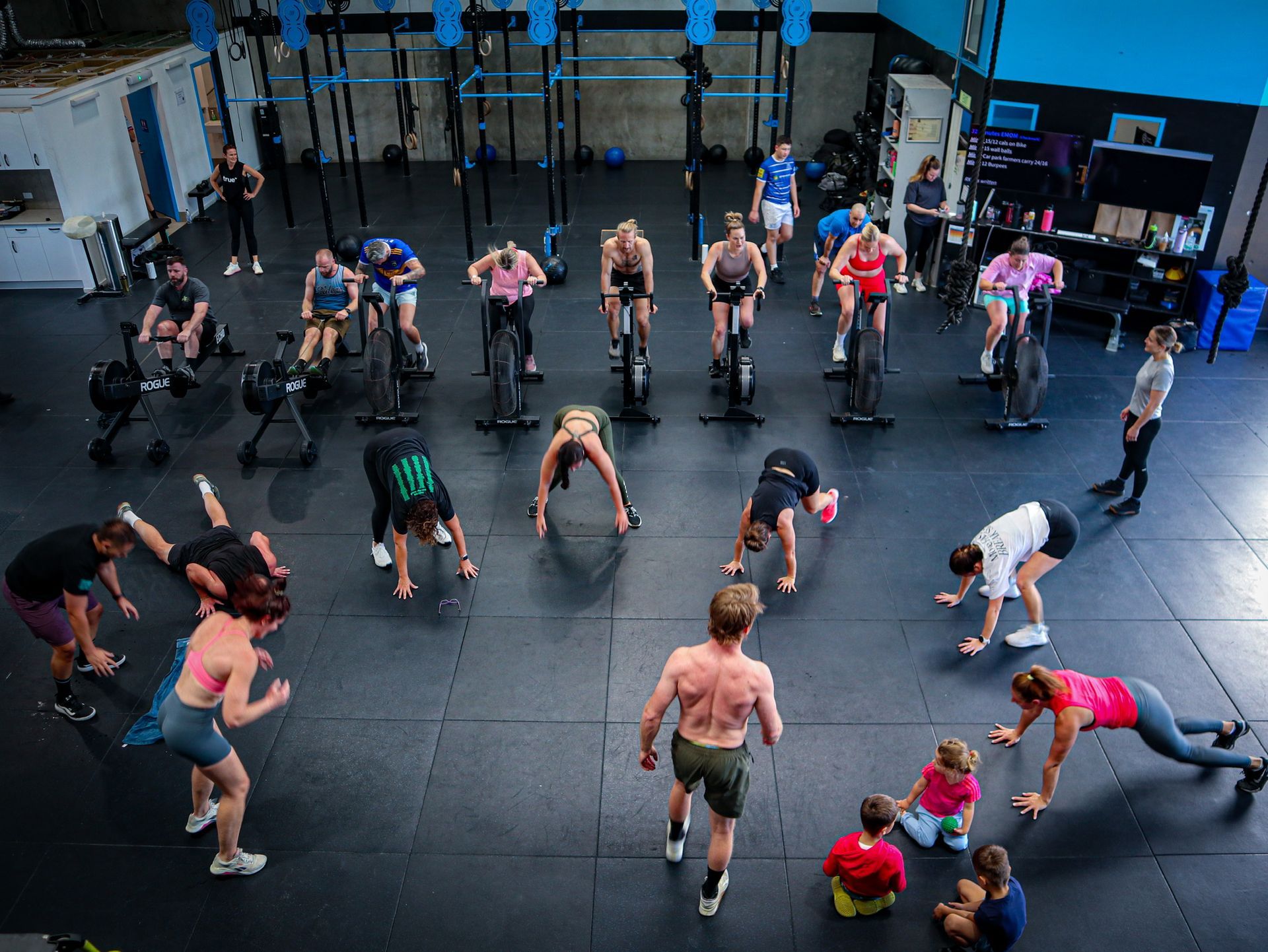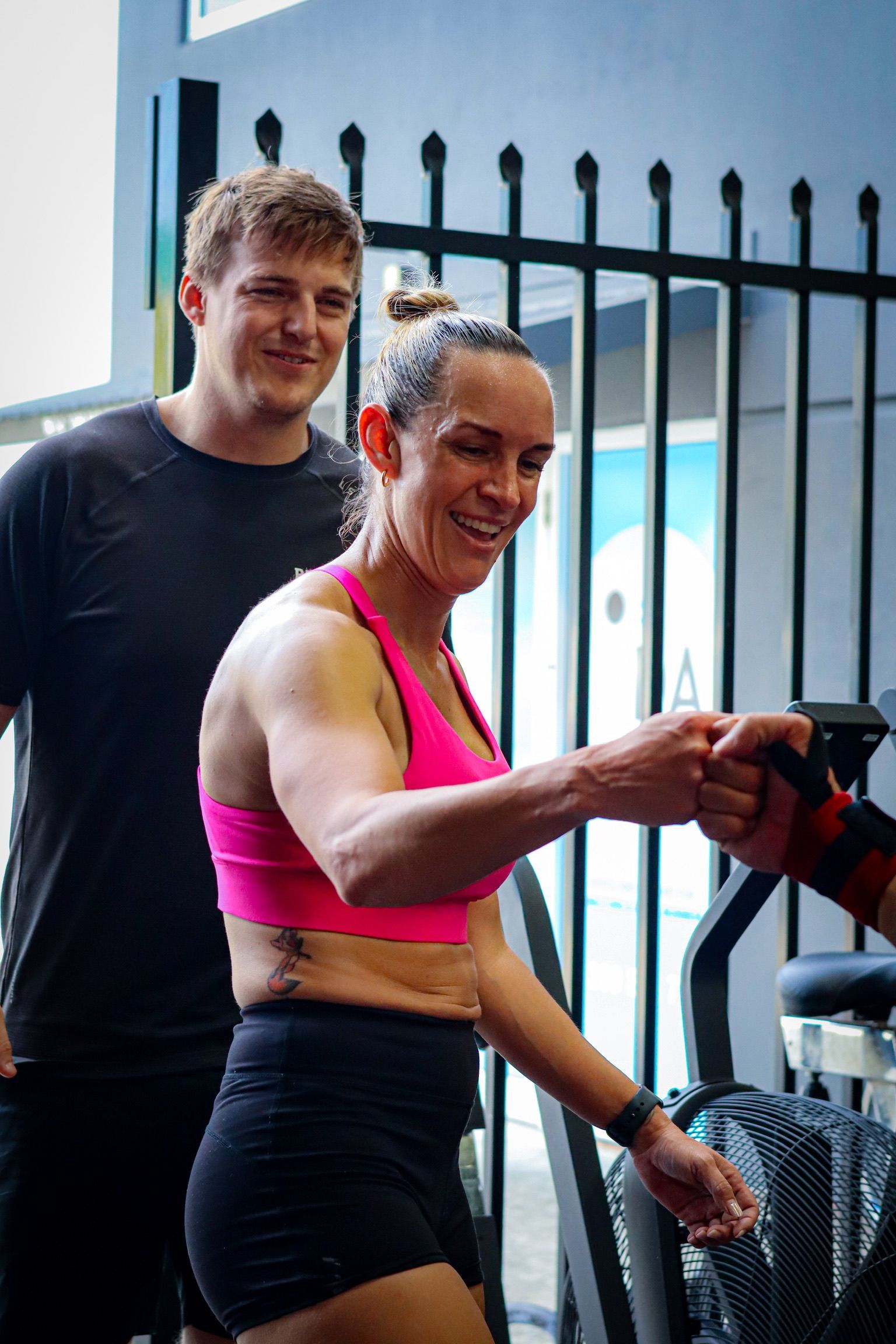DRAFT How to Stand Out As A Fitness Influencer Making Your First Marks on Social Media
The world of social media is a funny one, it's hard to stand out, post consistently and grow your audience. But it's something Morgan Rose Moroney has done, and done well. With influencers from all arenas resorting to Instagram, Tiktok and Youtube for their income, the supply of influencers on the platform is exceeding the demand by a large number. So, to remain relevant in the constantly evolving social media culture, what must an influencer do? According to ex-gymnast and fitness influencer, Morgan, the key to staying relevant is to be yourself in a world that’s constantly trying to make you someone else. Sounds cliché? Well, there’s more to it. That green smoothie you’re about to post on your Instagram? It’s been there before on countless profiles recreated in many different ways, it's tried and tested but now, people want to see more. They want to see something real, away from those perfect gym selfies and workout routines. They want to see vulnerability, a glimpse of themselves and that’s only possible if influencers adopt honesty into their content rather than posting what they think they are supposed to.Tanya Mitchell, an Australian videographer and fitness enthusiast has crafted a career bordering the lines of fitness and creativity by photographing fitness as her niche. As she sees a sea of ‘fitness’ influencers parading the new lines of pre-workouts and protein shakes, she ponders over the commercialisation of fitness. “People are too focused on making fitness a job rather than learning the skills it takes,” says Tanya. Many fitness influencers have lost direction and are steering towards promotional content, rather than narrating their fitness journeys, which catches attention and gains them money but replicated content as such isn't long-lived. All social media profiles are slowly turning into online shops with Snapchat filters designed to sell sunglasses – but that’s just the beginning. Especially with all influencers just promoting what they’re paid for, disregarding their own beliefs on whether the product actually works for money - the influencer market seems quite fickle right now. If you base your entire content on trends as an influencer, you might be posing a threat to yourself as trends can end as soon as they begin. Similar to investment banking, journalism, customer service, and all the careers out there that require a certain skill set, fitness careers have some requirements too. “I think people forget that you have to put time and energy into social media to really make it something,” says Morgan. Building a niche Many influencers of late are adopting the all-inclusive approach where they post everything and anything and due to that, they experience major variations in their fan following. This technique isn’t really gathering a devoted set of followers as they are not really narrating any personal journey; instead, it’s a flood of overplayed content - which is why it's important to catch on to a niche and build on it with skills. “It’s all about building this idea of who you are and what you want to have an impact on and then making that a reality,” says Morgan. Before setting on fitness as a full-time career, it's important to realise whether this choice is something more than a simple job. You need to have something pushing you to carry on, a deeper passion or a long-term goal that sets you apart from the rest. Many people have begun to go down the influencer road but to remain relevant in this sea of people, it's important to have an idea of whom you’re trying to impact/influence as an influencer. Without that, the passion can fade away. Morgan believes in a touch of reality and helping people when it comes to fitness. “You have to please the people that contact you and get back in contact with them,” she says. “You have to provide something that’s of relevance which will be a positive impact on their life.” Getting back to the point of building real connections through social media, Morgan believes that is the way to go to build a solid fanbase.It's uncanny the impact you can have on people’s lives behind a screen. Social media has made its way as a platform where many a friendship or love began or rekindled. So, the conversation of social media being a negative space is arguable – considering its many positive impacts far beyond the fitness industry. “If social media was so negative, people wouldn’t be on it”, says Morgan. While the industry tends to be taken negatively, it almost entirely relies on your perspective when entering the platform and whom you choose to follow. If you scroll through your reels with insecurities and vulnerable feelings gripping you, it’s likely that’ll heighten but when you enter with a good mindset, social media can enhance that. Some influencers, including Tanya, have begun being a bit more vulnerable and open on their social media.Although she found it hard at first due to some negative comments she received and being labeled an attention seeker, the videographer sticked close to her roots and formed personal connections with people on the basis of her struggles. She believes in posting the whole journey, not just the smiles and happiness of it which is what makes social media a fickle world.But of course, the world of influencers comes with its own negative aspects. It deprives them of a normal life away from the screen and in the moment.“When I’m old, I want to have memories when I look back, not photos,” says Tanya. “My life is like a time stamp on every single day with spending time on my phone.”
Previous Blogs




